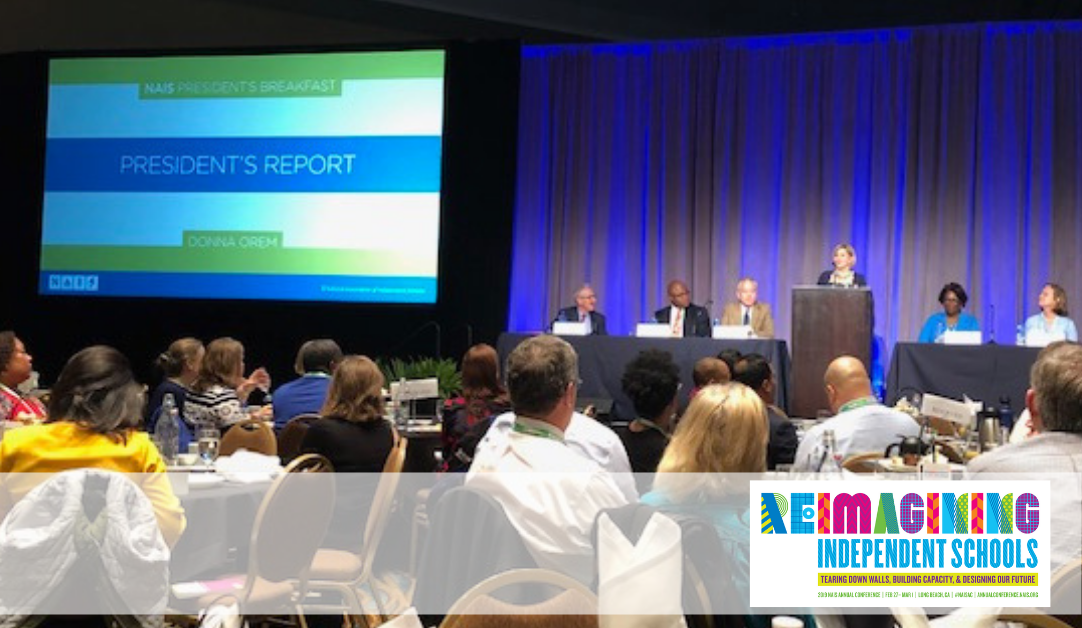I spend a great deal of time thinking about the future of our nation’s independent schools. Yes, it’s my job. At Kalix, I work with independent schools on market research, brand strategy development and digital marketing efforts.
But it’s also my passion.
I know first-hand the kind of investment families make in education. I see the pay-off every day as the proud father of two independent school graduates, the husband of an independent school educator and, for the past 26 years, as an on-campus faculty spouse at a girls’ day and boarding school in suburban Maryland. I’m all in.
That’s why the wisdom Donna Orem, National Association of Independent Schools (NAIS) president, shared earlier this month at the NAIS Annual Conference struck such a chord with me. Orem gave a very candid overview of the very real challenges facing the independent school ecosystem.
Enrollment and Financial Aid Challenges
While overall enrollment numbers are about the same, 45% of NAIS member schools (nearly 1,850 member schools) have an enrollment decline. As millennials begin to have children and consider an independent school education, they have a unique set of financial challenges that will impact their decision-making process. They have less overall wealth than their parents (in 2017 the median household income for a millennial family was $69,000) and generally have a high student debt.
In a new NAIS survey, half of independent school heads don’t believe the current business model is sustainable. With annual tuitions on the rise, this is a major red flag that needs immediate solutions.
Leading Through Change
Orem advocated for a three-point strategy to deal with these major challenges:
- Strong and sustained leadership.
- Laser-focused mission differentiation. Schools can’t be all thing to all people and have to be true to their missions.
- Innovation around the edges. Transformation can’t wait, and schools have to get started. However, as your institution moves forward, you have to make data-driven decisions.
I give Orem credit for addressing these challenges head on. That’s the type of strong leadership she is advocating. The challenges are real, and by bringing them to the forefront, the entire independent school community will be better prepared to find creative solutions to these complex problems.
Interested in Orem’s thoughts on technology leadership for independent schools? Check out her interview with the Association of Technology Leaders in Independent Schools.

